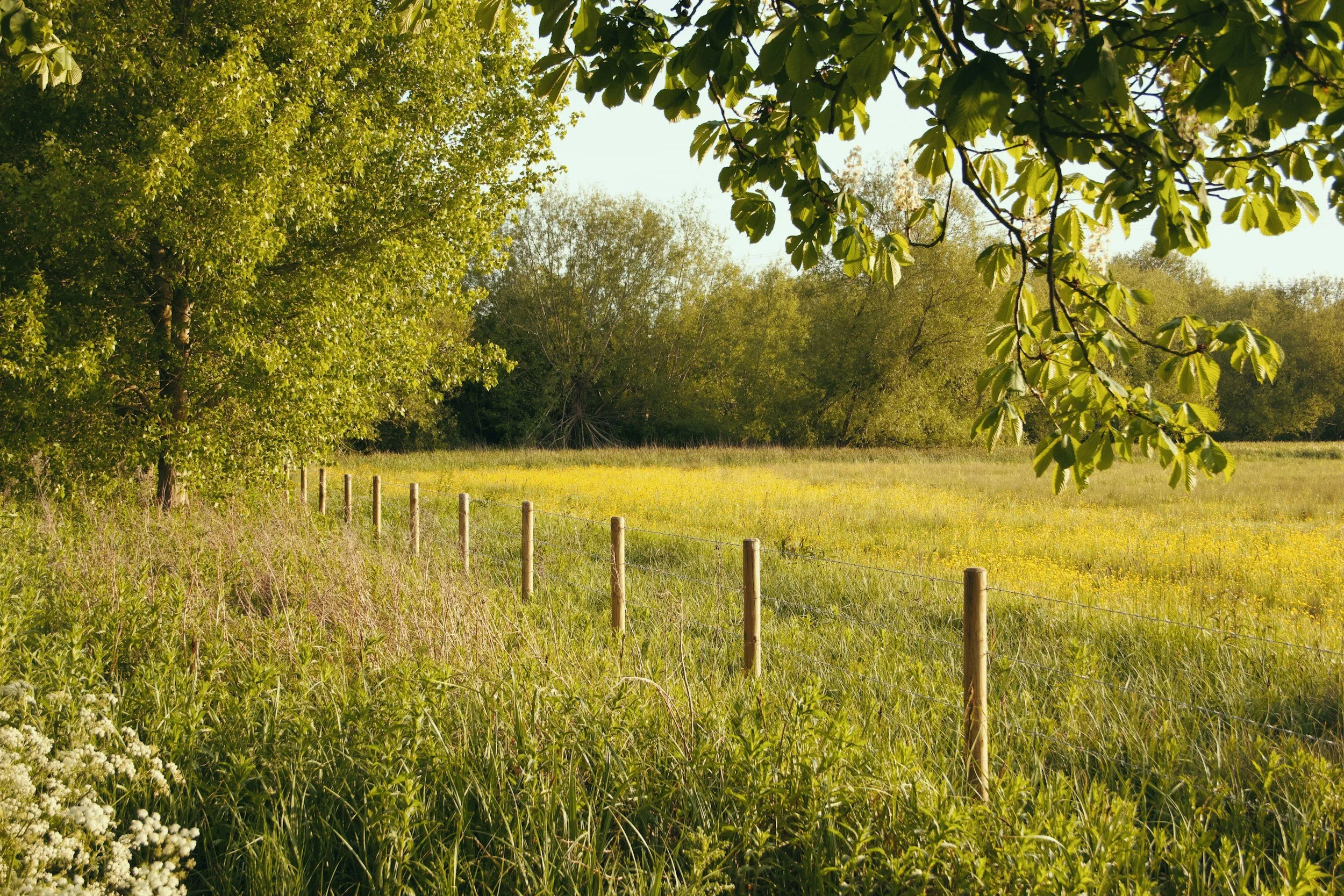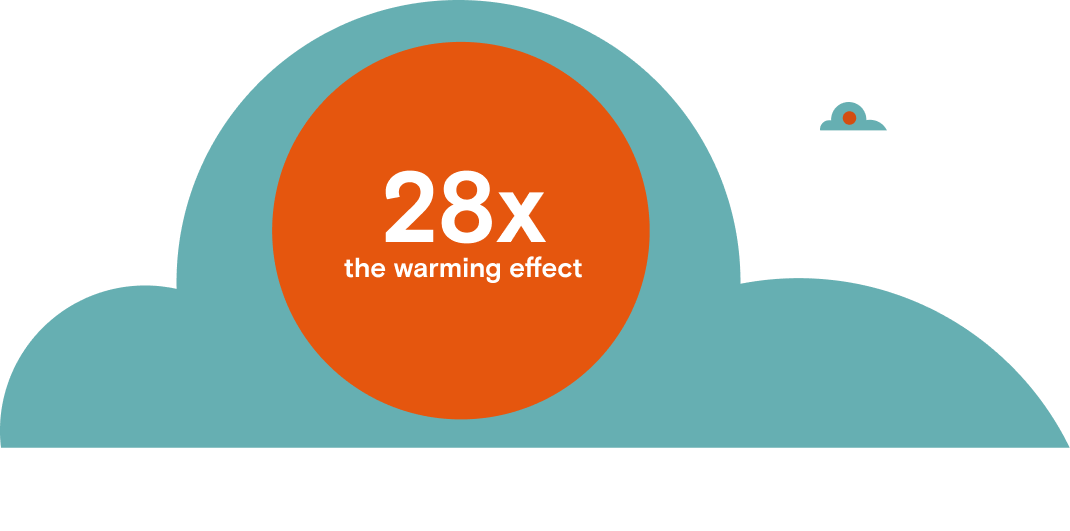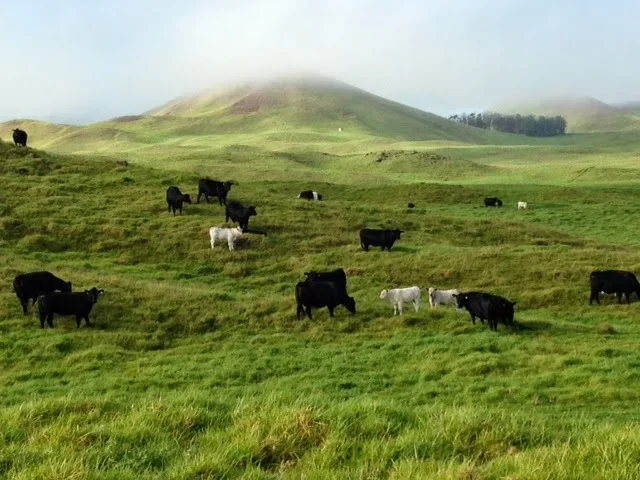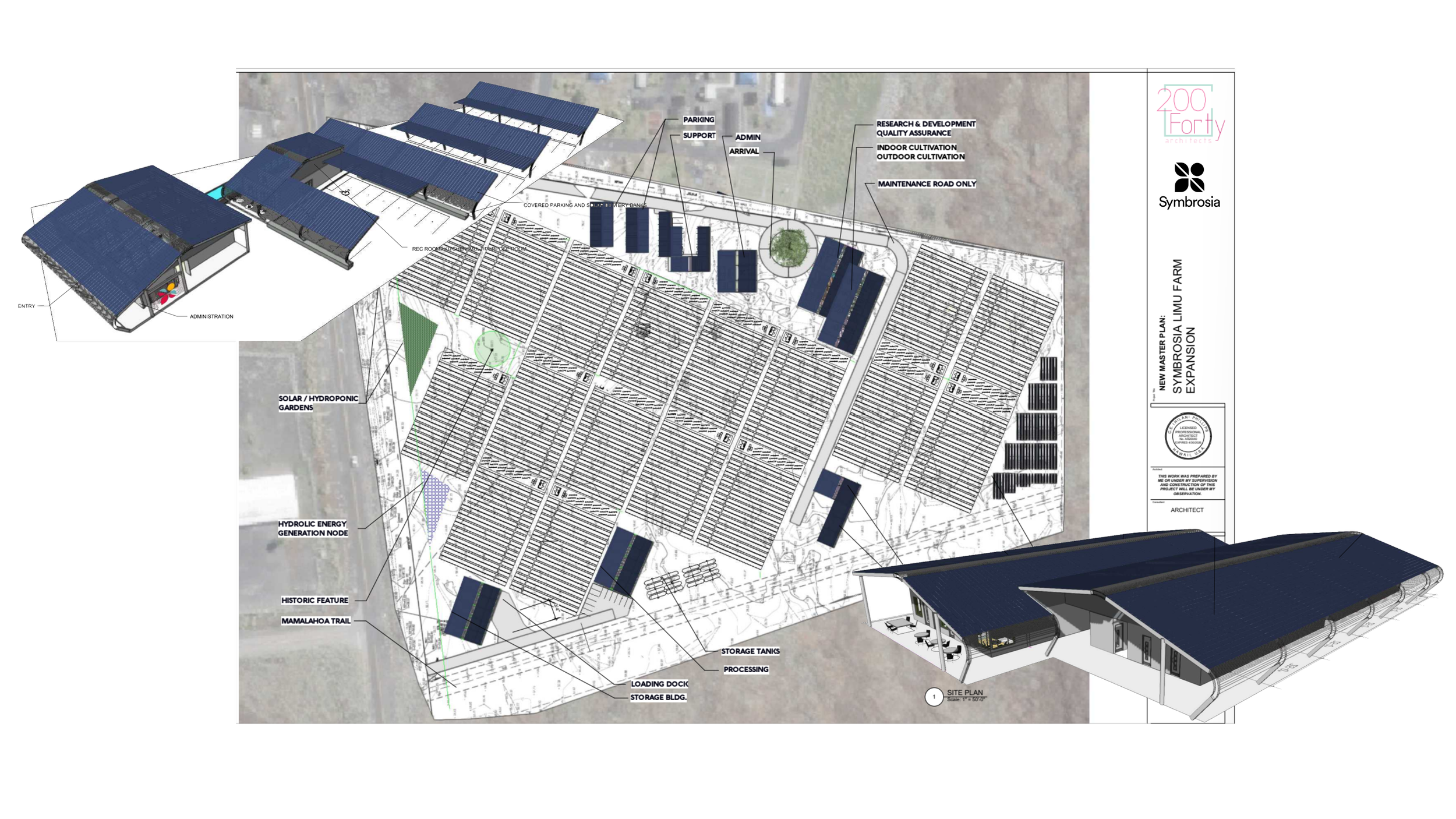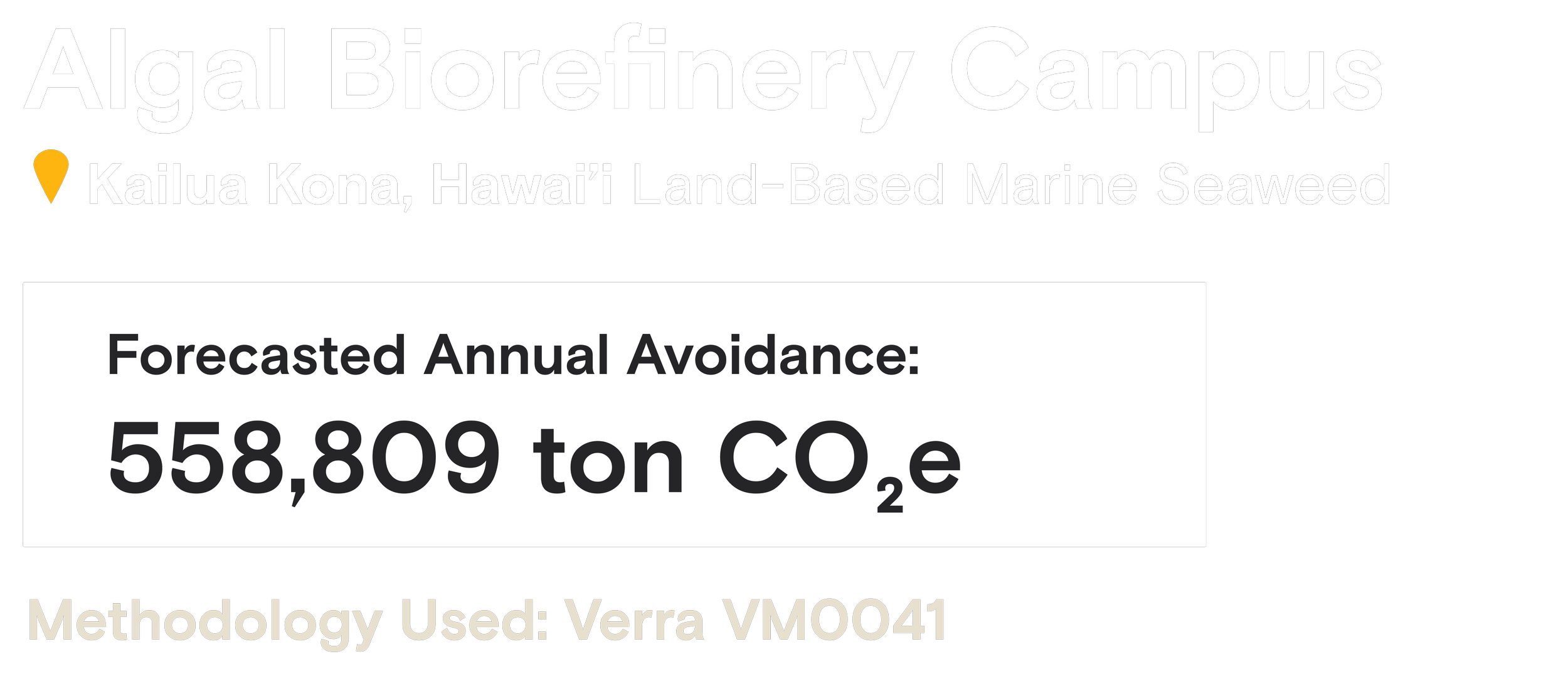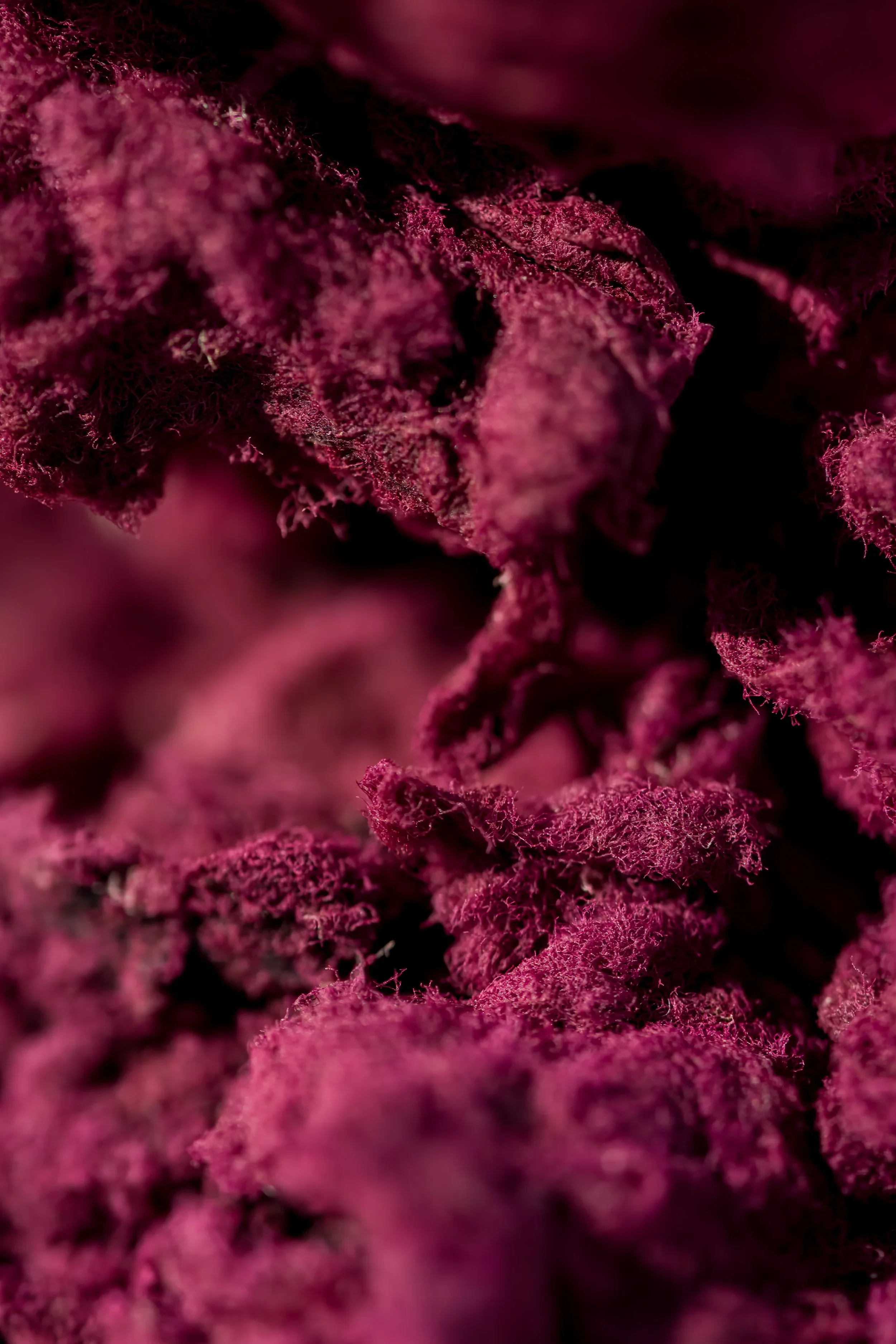
Partner with Us
☆
Partner with Us ☆
Turning Methane Reduction into
Natural Assets
When your cattle emit less methane, you’re not just improving herd performance—you’re also creating a valuable environmental asset.
Here’s How It Works:
Methane is a very flammable gas. Over a 100-year period, one ton of methane has the same heating power on the atmosphere as 28 tons of carbon dioxide (CO₂).
Carbon markets use this comparison to set credit values.
That means: 1 ton of methane reduced = 28 carbon credits.
By feeding SeaGraze® and cutting your herd’s methane emissions, you generate verified methane reduction credits. These are then translated into carbon credits, which can be sold in environmental markets— generating real financial value for your operation.
Your role: raise healthy, productive cattle.
Our role: measure, verify, and connect your methane reductions to the carbon credit marketplace.
